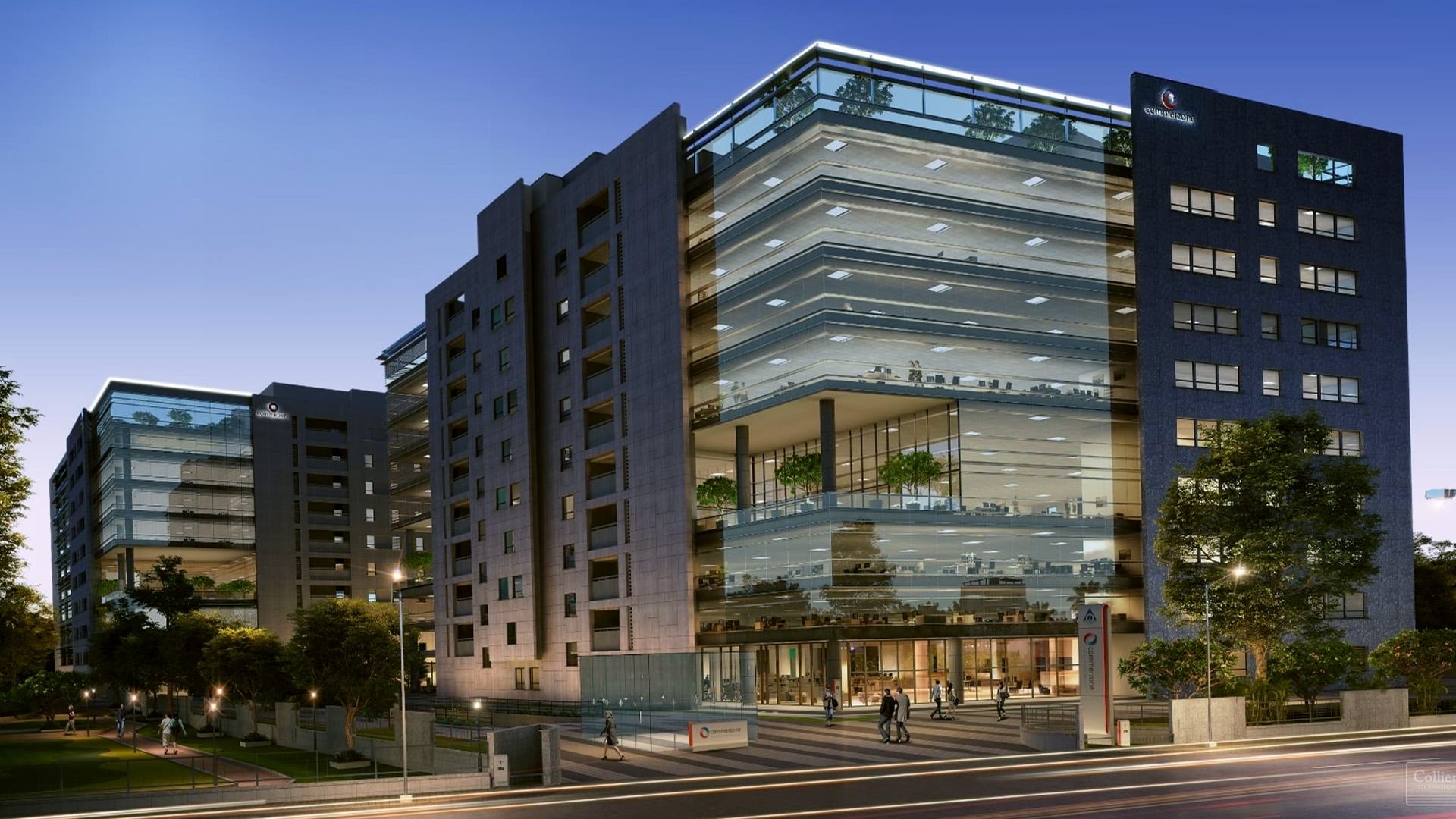Business
Emerging asset classes capture investors’ interest : Colliers India Report
Colliers notes that the first half of 2021 has already recorded a 33% increase in the investment in emerging asset classes compared to the first half of previous year, led by data centres, as per its latest report – Unveiling the Potential of Emerging Real Assets, published in partnership with industry body FICCI. Increasing demand for the emerging asset classes such as data centres, flexible workspaces and co-living because of globalisation, higher disposable incomes, and greater digital penetration are transforming lifestyles and have given way to a shared economy in India.
Over the last three years, these new asset classes had started emerging, but the pandemic had somewhat dented demand of flexible workspaces and co-living assets. However, it further boosted demand for data centres due to increasing dependence on the internet and increasing digitization, which is estimated to still increase exponentially over the next few years. Post COVID-19, Colliers expect to see growth in all these asset classes, hinging upon the re-opening of offices and educational institutes. Consequently, investors are taking notice and increasing their allocations, as they explore new avenues to diversify their portfolios and increase their returns.
Also read: First Solar to invest USD 684 mn for 3.3 GW solar manufacturing unit in Tamil Nadu
Ramesh Nair, Chief Executive Officer, India & Managing Director, Market Development, Asia at Colliers, commented: “The millennial population will continue migrating to other towns and cities for education and employment despite the emergence of the work/study from home because it has become increasingly clear that these will not become permanent practices. We currently witness a muted demand for offices due to restrictions on operations for health and safety reasons. Most employees are keen on working from offices for at least some days a week. Similarly, not all forms of education can be imparted online, and, hence, students are increasingly looking at returning to their education campuses in other cities.
Therefore, we foresee potential for well-planned and well-managed facilities that can cater to the work and housing needs of the Indian workforce that is no longer content with just well-equipped physical spaces but wants a nurturing, collaborative, and shared ecosystem.” Data Centres stock to double by 2023 India has about 1.2 megawatt per user of co-location DC capacity compared to Europe’s 19.1 MW per user DC capacity, providing a huge opportunity for data centre operators in the country. Colliers expect total colocation data centre stock to reach 20 million square feet (1.8 million square meters) by 2023, led by local and global data centre developers, from 9.5 million square feet at present. Data centres can provide a net yield of about 17% per annum, which makes them an attractive investment alternative.
Piyush Gupta, Managing Director, Capital Markets & Investment Services (India), Colliers, commented: “The emerging asset classes such as co-working, co-living, data centers within real estate are gaining significant traction and complimenting growth to the traditional office and residential assets. The demand in alternate assets is driven by fast-evolving customer preferences, technology penetration, digitization, and investors, as well as international players, are committing significant investments over the long term.” Flexible workspaces to account for about 5% of total office stock by 2022 As of 30 June 2021, the total flexible workspace stock in India stood at 30.7 million square feet (2.8 million square metres).
Given the continued effects of COVID-19, Colliers expects operators will expand at a slow pace and forecast flexible workspaces to lease around 3 million square feet (0.27 million square meters) in 2021, similar to 2020. Thereafter, as occupiers and their employees return to formal workspaces, the demand is expected to increase for well-located, high quality and efficient flexible workspaces resulting in their occupying 4.7% of the total commercial office stock by 2022.
Attractiveness of co-living to revive post COVID-19 Colliers forecasts co-living inventory in India to rise 24% YOY to reach 400,000 beds by 2022, driven by investments from private equity players, developers and individual investors, who have invested around INR3.1 billion (USD415 million) in top co-living operators during 2018-2021, inclusive of all stages of funding. The asset class can generate rental yields as high as 4% to 6%, compared to 1% to 2.5% in traditional residential assets. We believe that investors are looking at these asset classes with greater rigour, as they look to build a comprehensive portfolio of assets across the sector.











































Pingback: IndiGo signs pact to explore potential of using sustainable aviation fuel in aircraft